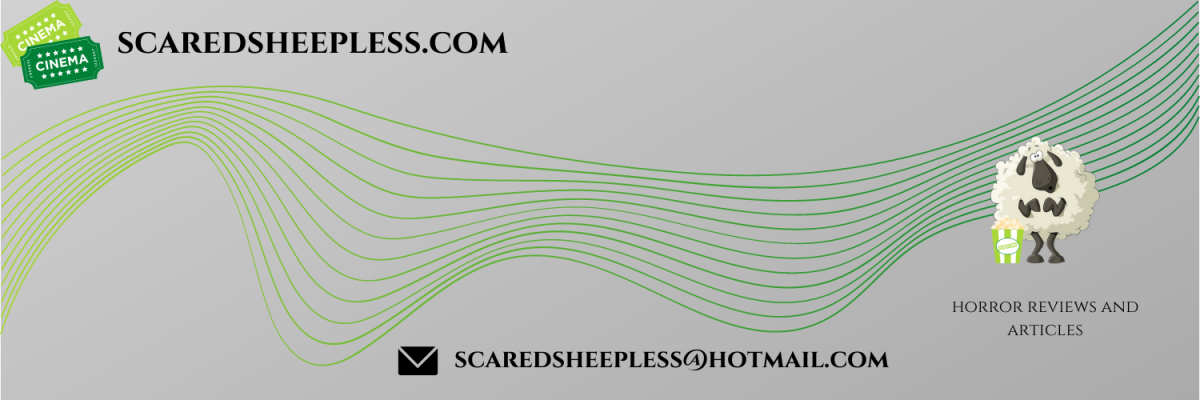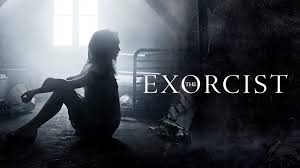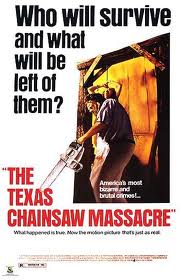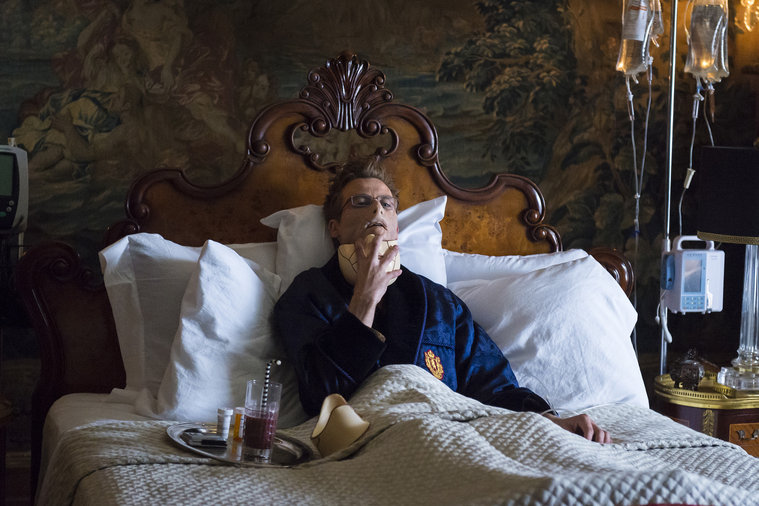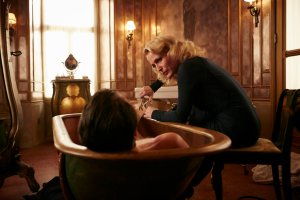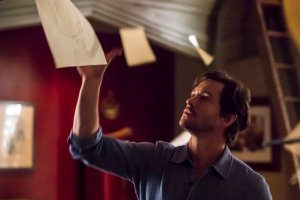As we move toward 2020 it feels appropriate to look back at 2019’s film and television offerings. While this is a horror blog, not all entries on this list are genre pieces. Presented in an order that is entirely my own opinion, here are 18 of my favourite television programmes from 2019. Yes, I know 18 is a strange number, but I could only narrow down so much.
Honourable mentions for Dead Pixels, Black-ish, Brooklyn Nine-Nine and The Case Against Adnan Syed.
18. Good Omens

As far as apocalypses go, Good Omens is probably one of the most joyful ever committed to screen. Top-notch chemistry between David Tennant and Michael Sheen made it irresistible viewing. I’ve not read the books, so can’t comment on if it is a faithful adaptation but the show itself made for fun viewing.
17. Black Mirror

Since the move to Netflix, I’ve found that Black Mirror has lost some bite, aside from the incredibly dark Shut Up And Dance from last season. Bandersnatch felt like an experiment with limited success – it was fun for a while, but I found it too easy to get myself stuck in a loop so I’m never sure I found all the available endings. Bandersnatch meant that there were only three episodes in the season.
Of those three, the Miley Cyrus starring, Rachel, Jack and Ashley Too, was my highlight and I’ve been unironically listening to Ashley O’s ‘On A Roll’ ever since. There was a considerable backlash against the episode but it did show that Brooker was able to seek a different audience than perhaps the more relentless episodes like White Bear would attract. The episode is almost an advert for the show’s reduced harshness but shows it can work differently too.
16. Responsible Child

This harrowing and deeply affecting drama called attention to the problems with the age of criminal responsibility in England and Wales. Following the ripped-from-the-headlines case of two brothers who murdered their stepfather, the one-off drama looked at the process of taking a child to court for the most heinous of crimes. Themes of neglect, abuse and other deprivation were placed centre-stage in following Ray’s trial. Cleverly utilising flashbacks to the brutal crime, this isn’t an easy watch but raises important questions about how society treats children who commit violent crimes. Billy Barratt does an incredible job as Ray, the titular responsible child, managing to excellently portray a completely lost soul.
15. Luther

Luther’s return was heralded by a very impressive trailer that promised the return of everyone’s favourite psychopath in Alice Morgan. The show did what it does best by making everyday things terrifying, including a scene set on a night bus that set the creep factor very high. While the season seemed to signal the end of the series as a whole, I don’t doubt that Idris Elba’s troubled detective (and his coat) could find his way back to the screen again.
14. The Handmaid’s Tale
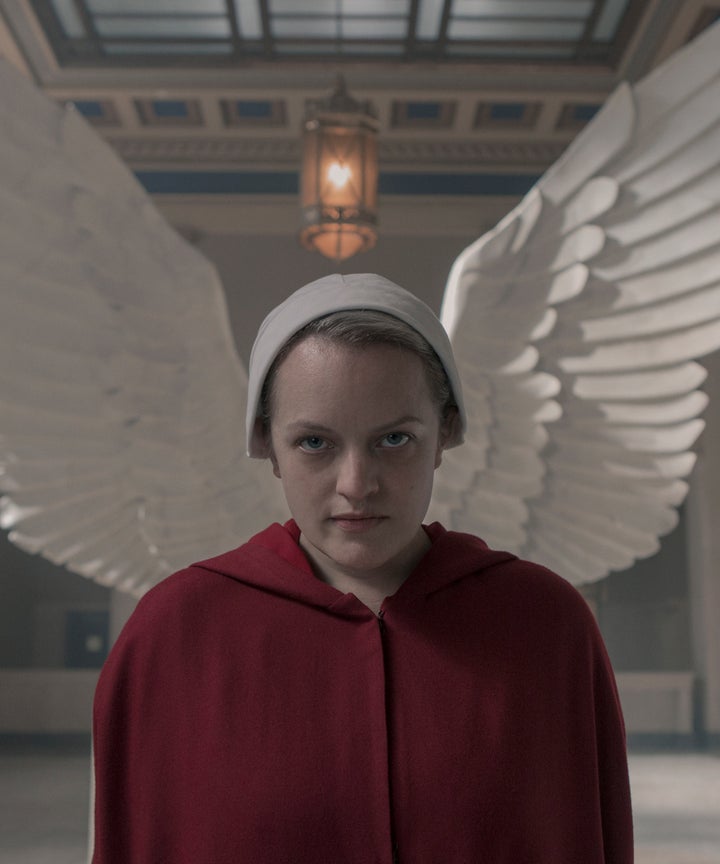
The third season broke completely with Margaret Atwood’s novel and continued with June in Gilead, now under the supervision of the enigmatic Commander Lawrence (Bradley Whitford). It felt slightly more hopeful, with the growing promise of revolution and Emily’s eventual escape to Canada. However, even the moments of hope were tempered by the struggle of readjusting to normal life and the difficult negotiations with the Commander’s history. It is difficult to imagine how much longer the series can run, considering the finale, but it remains urgent viewing, especially considering the nature of some debates around women’s reproductive health and rights.
13. The Victim

The history of the James Bulger murder loomed large over this drama that kicked off with the attack of Craig Myers (played by James Harkness) by a vigilante who had identified him as someone who killed a child when he was a child. The series sees Anna Dean (Kelly Macdonald), the sister of the boy killed 14 years ago, go on trial for allegedly organising the attack. Macdonald gives an incredible performance – both deeply painful and frequently unsympathetic which is an incredible achievement given her circumstances. A late confrontation scene manages tension and is heavy on emotion but never shies away from the complex morality at the heart of the story.
12. Catastrophe

Rob Delaney and Sharon Horgan’s caustic comedy came to an end this year after four seasons of almost everything going wrong for Rob and Sharon in their marriage and child-rearing. Season four brought the best possible ending for the pair and managed a touching and fitting tribute to Carrie Fisher in the process.
11. This Way Up

Another item featuring the wonderful Sharon Horgan, this time alongside Aisling Bea as Aine – a woman who finds herself dealing with the fallout from attending a rehab centre for her depression. Horgan and Bea put on excellent, frequently spiky performances as sisters struggling with one another’s lives and Aine’s ongoing mental health issues. It manages to evoke the oft-helplessness of chronic depression while still drawing laughs.
10. A Confession

Dramatising the story of detective Steve Fulcher’s questioning of murder suspect Christopher Halliwell that led to the officer’s suspension and prolonged legal concerns, this ITV drama was sensitive in its portrayal of the case, while highlighting the issues of an office breaking protocol. Joe Absolom made for a suitably cocky Halliwell while Siobhan Finneran and Imelda Staunton as the mothers of the two victims gave highly emotionally-charged performances. The attention to detail was excellent and shows that the case still sparks debate.
9. Gameface
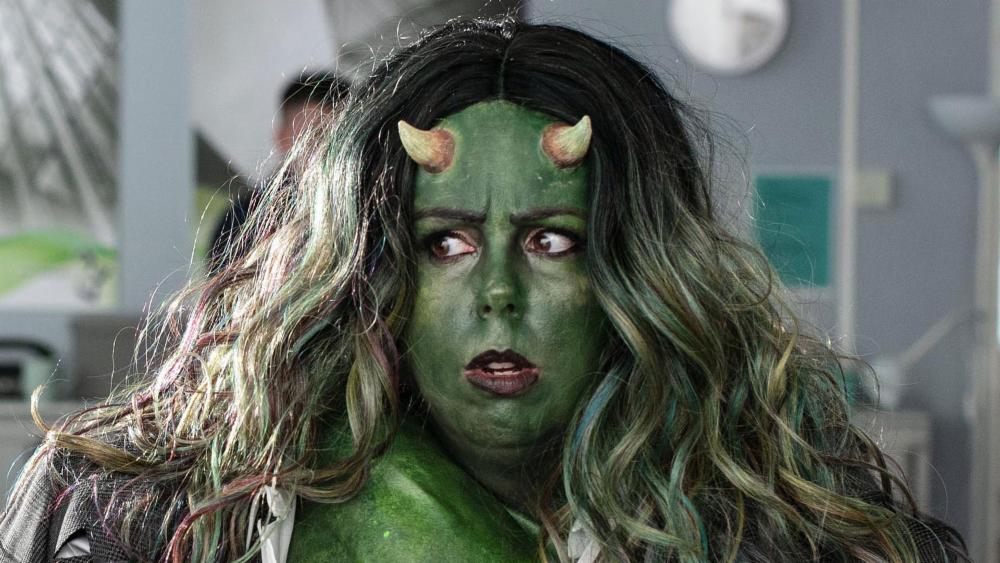
While I’m keen not to pit female comedy writers against one another so directly (see also Aisling Bea’s This Way Up making the list), it feels like Fleabag took most of the plaudits this year. I’ve always struggled to connect with Fleabag, even though on paper, it should work for me. However, I found Roisin Conaty’s Gameface to grab me far more. Unafraid to be incredibly silly as well as vulnerable, Conaty’s oft-disastrous Marcella had an incredible charm. Featuring several excellent supporting performances, including Pauline McLynn, the comedy and drama felt in sync.
8. The Disappearance of Susan Cox Powell

A frightening and skin-crawling portrayal of obsession, The Disappearance of Susan Cox Powell documents the mystery around her disappearance, including the warped familial relations she found herself trapped in. The home video footage of her father-in-law is deeply disturbing and the numerous failings of police are highlighted. Even though it is a difficult watch and the entire story is immensely sad, it feels like a story worth highlighting. As a portrait of the desperately sad consequences of a failure of services to properly intervene it is both damning and upsetting.
7. Ghosts

Joyfully funny and allowing the Horrible Histories team to make slightly cheekier jokes in a later timeslot, Ghosts has thankfully already been renewed for more episodes. With the cast settling on one character each, for the most part, it allowed them to better settle into the quirks of each character which gave the show a great deal of heart. Jim Howick’s Pat was an instant favourite for me, with the flashback to his death being both hilarious and fairly horrible. Cannot wait for more of this.
6. Killing Eve

Season two of Killing Eve felt like more of the same, but in a show pitched as perfectly as this that is no criticism. Emerald Fennell took the writing mantle from Phoebe Waller-Bridge but kept the irreverence, quick wit and showy assassinations just as sparky as the first season. Undoubtedly the highlight of the season features Julian Barratt as a creepy doll aficionado who comes to Eve’s ‘rescue’. Jodie Comer and Sandra Oh continued to be brilliant in their dangerous flirtation and while a third season was certain from the outset, the cliffhanger ending was still impressive.
5. Derry Girls
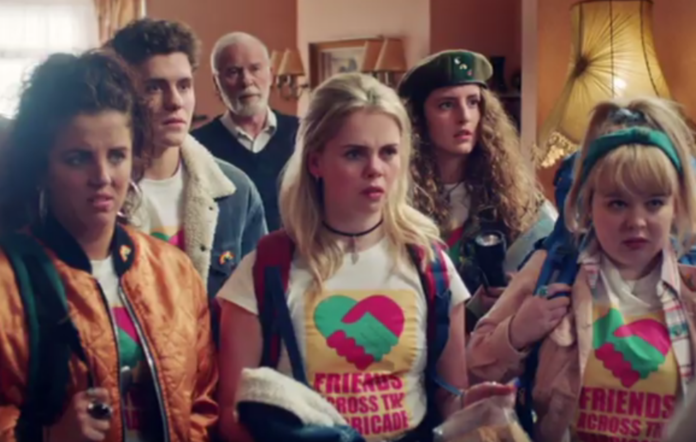
Season two of Derry Girls represents perhaps the fastest time I have ever boarded a ‘ship’. James (Dylan Llewellyn) turning up at Erin’s (Saoirse-Monica Jackson) door – Doctor Who scarf and all – was an incredibly sweet moment that drove home how well the characters were crafted. Derry Girls takes a difficult period in history, doesn’t shy away from the harsh realities of that period but still guarantees at least one laugh out loud moment per episode. Little touches like the central gang all donning rainbow brooches after Clare’s (Nicola Coughlan) coming out in the last season make it an incredibly easy show to love.
4. What We Do in the Shadows

The film version of What We Do in the Shadows was so popular that there was a risk in changing so much in terms of location and cast. However, the risk more than pays off as the central trio played by Matt Berry, Kayvan Novak and Natasia Demetriou work so well. The dead-pan, undead Spinal Tap humour carries well and while there is a thread throughout the episodes, there is plenty of room for one-off silliness. The Vampire Council episode was a highlight for many, but it’s difficult not to call attention to the episode featuring Laszlo’s cursed (“It’s not cursed!”) hat as being particularly inspired. A last-minute, deeply satisfying twist in the tale promises the follow-up season will be just as good.
3. Mindhunter
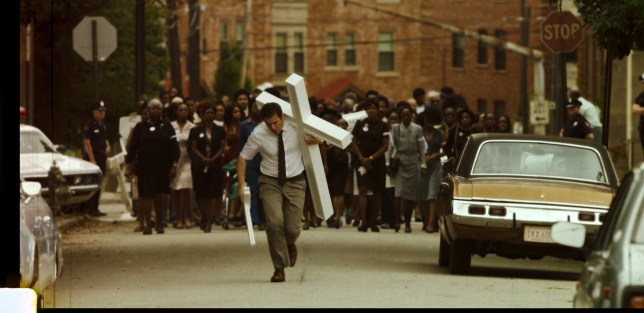
Possibly the most stunning and terrifying show on Netflix – Mindhunter finally returned for its second season this year. Focusing primarily on the Atlanta child murders and the racial tensions within, as well as Holden’s (Jonathan Groff) growing inability to look anywhere than other at his profiles, Mindhunter is methodical and frequently eerie. While it would be nice to see more to do for Wendy Carr (Anna Torv), the background story of Bill Tench (Holt McCallany) and his son’s involvement in a grisly event was compelling and upsetting in equal measure. More importantly, it seems to have reopened the conversation about the real murders and the community dissatisfaction with the case. The last episode’s theme being replaced with a version performed by a children’s choir cemented the show as being part of something real: the loss of 29 young lives. The BTK killer continues to haunt the narrative with an incredible opening scene that sets the tone for the whole season. There is yet to be any announcement about a season 3, but I sincerely hope it won’t be long until there’s news.
2. Unbelievable

Based on a true story, Unbelievable is at times, an incredibly hard watch because you watch with the awareness that a young girl did go through all of this hardship and pain. Starring Toni Collette and Merritt Weaver as detectives who join forces to capture a serial rapist, the miniseries showed the numerous issues that victims encounter when trying to report rapes and how incorrect preconceptions do further damage to victims and allow the perpetrators to commit further crimes. Kaitlyn Dever is heartbreaking as Marie Adler – a young girl who finds herself repeatedly let down by a system intended to protect her. So too is Danielle Macdonald, another victim, named Amber, whose sensitive treatment by detective Duvall (Weaver) in the aftermath of her attack sets her experience apart. With flashbacks to the attack, this won’t be for everyone, but I do believe it has messages that wider society would do well to take on.
1. Years and Years

Criminally under-seen and under-discussed (it reviewed well with critics, but I’ve seldom heard anyone mention it in day-to-day life, Years and Years increasingly feels like a bleak and distressingly accurate prediction of the future under an increasingly corrupt and cruel government. The love story between Daniel (Russell Tovey) and Viktor (Maxim Baldry) was both incredibly beautiful and deeply heartbreaking. It features many Russell T Davies traits that people sometimes fail to connect with but for me, the monologues were brilliantly written and superbly performed by actors like Tovey and later, Anne Reid.
Following one family through changes in their political, social and cultural lives with the technology that accompanies it made it feel personal and far more affecting than viewing the developments from a distance. Murray Gold’s unhinged soundtrack and some incredible performances made it edge-of-the-seat viewing. Offering some hope while pleading for introspection and personal responsibility as well as a heartfelt dedication to Russell T Davies’ partner who passed away in 2018, only Years and Years could make the number one spot on this list.
What was your favourite thing to watch on television this year? Let me know in the comments, or on Twitter.
